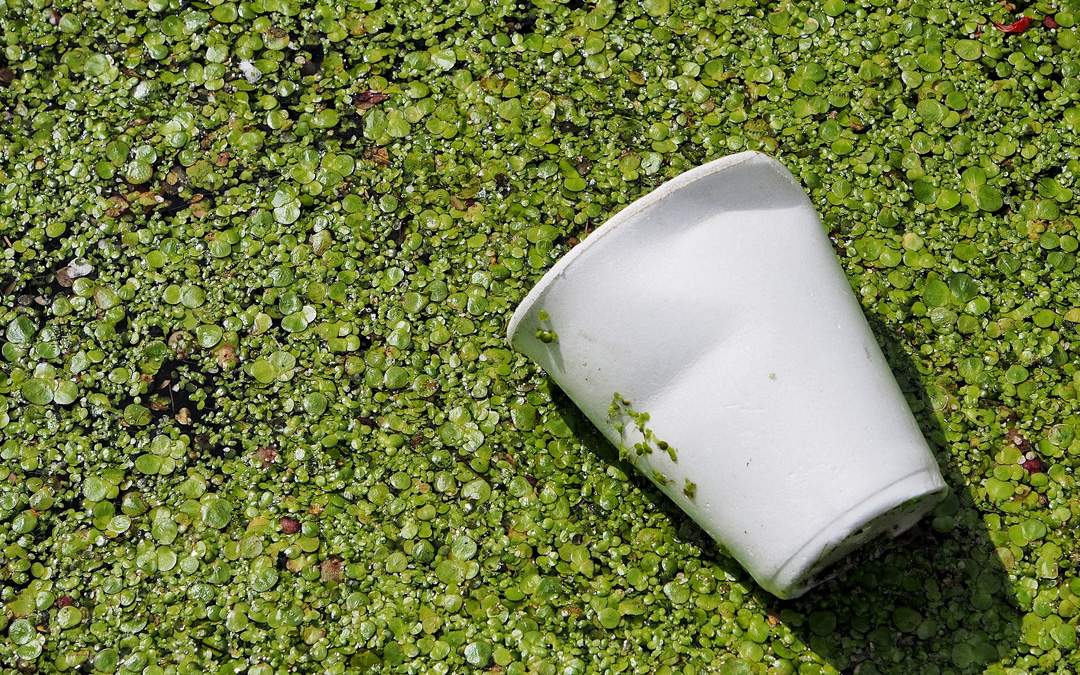Polystyrene Waste

From bean bags to waterways – why polystyrene has to be eradicated from our lives.
In the early 1970s, my family had two orange bean bags. They were very fashionable items at the time, and besides the allure of lounging in them, I loved unzipping the bags and plunging my hands inwards to play with the thousands of tiny polystyrene balls inside. They would stick to my hands and float about. The fun quickly dissipated though when the tiny floaty balls escaped the bean bags and spread through the lounge room. Fast forward 50 years and polystyrene has gone well beyond bean bag stuffing.
From white goods to electronics and fruit boxes the stuff is everywhere. It can be recycled but is not part of kerbside collection (it needs to go into your red bin) – most goes into landfill. One of the many problems with polystyrene is that it is light and brittle– and more likely to be carried by wind and water and animals cannot distinguish between it and food.
The Yarra River Keeper clean-ups have found polystyrene to be the biggest pollutant in the river. Its’ report on the substance concludes: “To date, we have removed approximately 38,000 kg of polystyrene contaminated soil and general waste from the Yarra’s riverbanks and reedbeds.
Microplastic trawl sample analyses also indicated that over 828 million litter items flow into Port Phillip Bay annually from the Yarra’s surface waters, and over 612 million (74%) of these are microplastics, including polystyrene fragments.”
Polystyrene is a polymer and the way it is manufactured and used has changed over time. It can be rigid or fragmentable. It can be moulded into many different shapes which are used to fill voids in boxes when fragile goods are transported.
Many governments have banned expandable polystyrene (EPS) use as take away food packaging years ago. Fiji is one example. There are many US states and European countries that have introduced bans too.
In Australia, we have been a bit slower off the mark. The National Plastics Plan Pathway to more sustainable use of expandable polystyrene (EPS) published a few years ago seeks to limit and eventually phase out the use of EPS.
The State Government includes EPS in its ban on problematic single use plastics. These include plates, cups, bowls, clam shells and any cover or lid that is also made from EPS.
Some companies are getting on board and banning EPS use as a packaging material too. Next time you get a delivery of a fragile item and there is polystyrene used in the packaging, why not contact the company and ask them when they are going to stop using this devastating material?
As the Yarra River Keeper says in its report on EPS, “We need to take stronger action across all industries that manufacture, transport, distribute and handle polystyrene. While a step in the right direction, voluntary product stewardship schemes have not gone far enough to contain this material from entering the environment.”
Resources
Wikipedia has extensive background on its history, production and environmental impact if you are keen to explore more.
Recycling Victoria has ambitious targets for reducing problematic plastics.
Polystyrene recycling locations in Victoria
Written by Amanda Tattam
